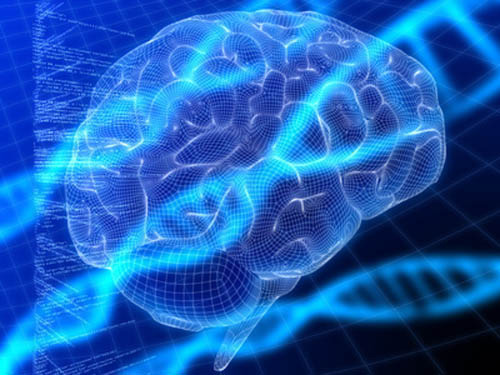
Current methods for diagnosing and treating depression remain largely trial and error with no objective measures or blood tests available. But a team led by Alexander Niculescu, M.D., Ph.D., professor of psychiatry at Indiana University, is hoping to bring personalized medicine approach to the condition and other mood disorders. They have developed a blood-based biomarker test based on RNA biomarkers aimed at detecting the severity of depression, a person’s risk of developing severe depression in the future, and the risk of future bipolar disorder.
In a study published in Molecular Psychiatry, the authors believe the test may ultimately lead to tailored medication choices for patients with depression—an area of significant need where most patients routinely cycle through a variety of treatments to find one with some efficacy. Niculescu’s lab has previously developed blood gene expression biomarkers that track for suicidality, pain, stress disorders, and for memory/Alzheimer’s Disease
In this four-year study involving over 300 patients with major psychiatric disorders (bipolar disorder, MDD, schizophrenia/schizoaffective, and post-traumatic stress disorder (PTSD)), high risk populations prone to mood disorders, which constitute and enriched pool in which to look for biomarkers. Participants were followed over time, including periods of high and low mood, each time recording changes in blood biomarkers found through whole-genome gene expression and comparing them between the two states.
They identified 26 candidate biomarkers from databases of previous studies in the field in individuals diagnosed with severe depression or bipolar disorder. Those biomarkers were then validated in additional independent patient cohorts to determine how strong they were at predicting who is ill, and who will become ill in the future.
Notably, they found an enrichment in genes involved in circadian mechanisms – the genes that regulate seasonal, day-night and sleep-wake cycles. “That explains why some patients get worse with seasonal changes, and the sleep alterations that occur in mood disorders,” said Niculescu.
Ultimately, twelve biomarkers provided the strongest overall evidence for tracking and predicting depression after all four steps: NRG1, DOCK10, GLS, PRPS1, TMEM161B, GLO1, FANCF, HNRNPDL, CD47, OLFM1, SMAD7, and SLC6A4. Of them, six had the strongest overall evidence for tracking and predicting both depression and mania, hence bipolar mood disorders. There were also two biomarkers (RLP3 and SLC6A4) with the strongest overall evidence for mania. “These panels of biomarkers have practical implications for distinguishing between depression and bipolar disorder,” they write, currently an area of significant difficulty as symptoms frequently overlap.
They then evaluated whether the top biomarkers were targets of existing psychiatric drugs, which would hopefully help match patients to medications in a targeted fashion and help measure treatment response.
In the process they learned that the biomarker signatures revealed new or repurposed candidate drugs. Notably, potential new antidepressants were pindolol, ciprofibrate, pioglitazone and adiphenine, as well as the natural compounds asiaticoside and chlorogenic acid.
To help inform clinicians when making diagnostic and treatment decision, the team also developed an example of a report to doctors for a patient with depression, based on the panel of top biomarkers (12 for depression and bipolar, one for mania), with an objective depression score, risk for future depression, and risk for bipolar switching, as well as personalized lists of targeted prioritized existing psychiatric medications and new potential medications.
“Through this work, we wanted to develop blood tests for depression and for bipolar disorder, to distinguish between the two, and to match people to the right treatments,” said Niculescu. “These blood tests can open the door to precise, personalized matching with medications, and objective monitoring of response to treatment.”











